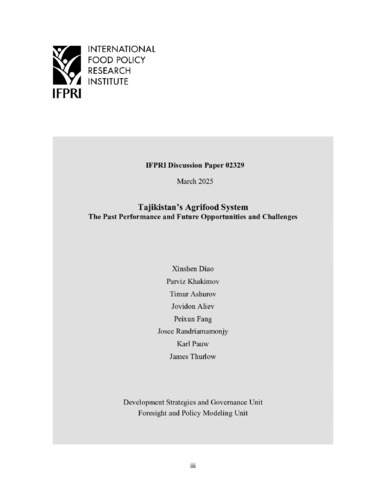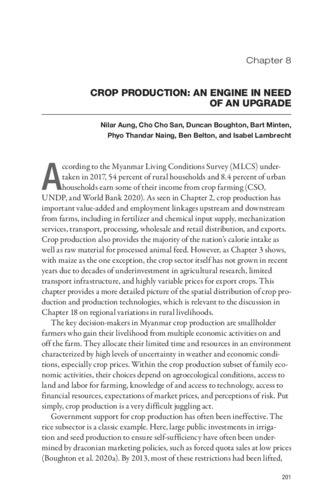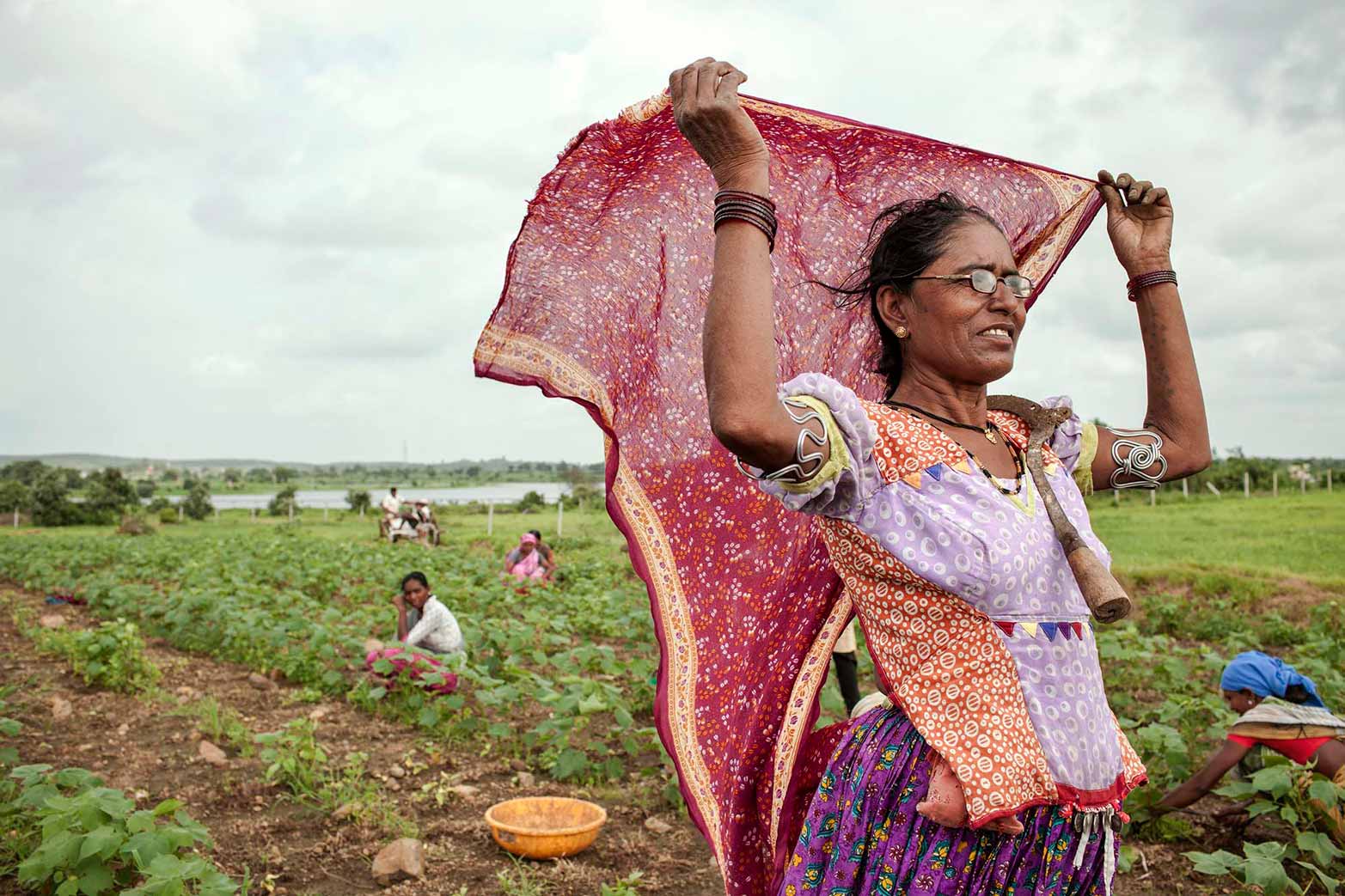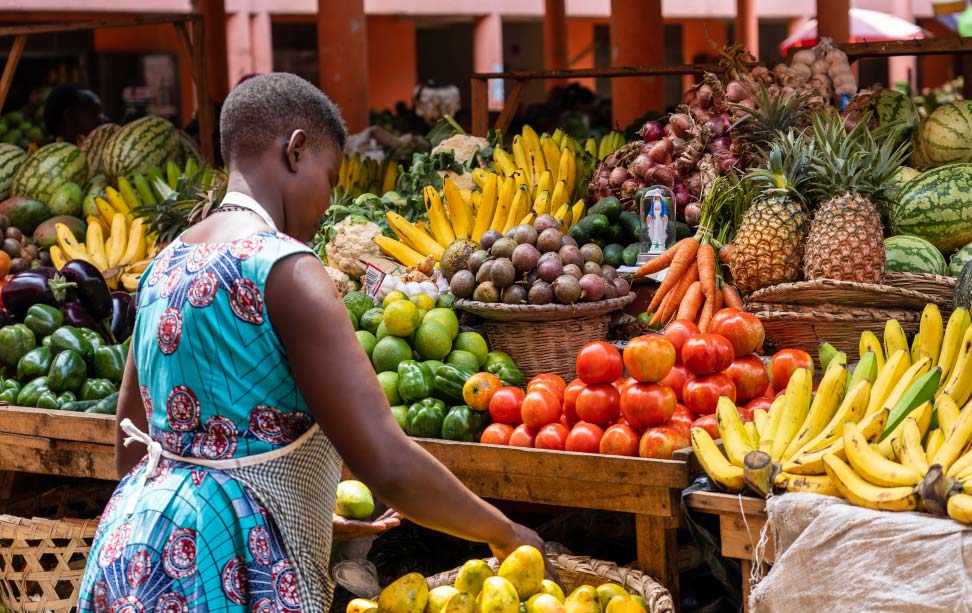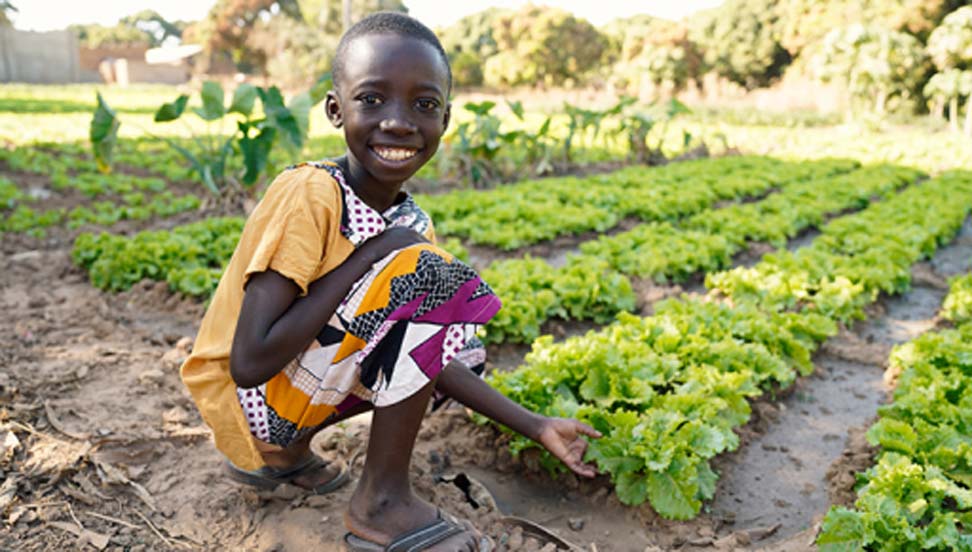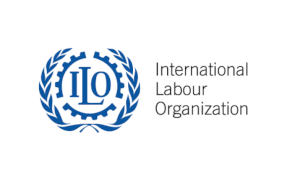Crop production: An engine in need of an upgrade
According to the Myanmar Living Conditions Survey (MLCS) undertaken in 2017, 54 percent of rural households and 8.4 percent of urban households earn some of their income from crop farming (CSO, UNDP, and World Bank 2020). As seen in Chapter 2, crop production has important value-added and employment linkages upstream and downstream from farms, including in fertilizer and chemical input supply, mechanization services, transport, processing, wholesale and retail distribution, and exports. Crop production also provides the majority of the nation’s calorie intake as well as raw material for processed animal feed. However, as Chapter 3 shows, with maize as the one exception, the crop sector itself has not grown in recent years due to decades of underinvestment in agricultural research, limited transport infrastructure, and highly variable prices for export crops. This chapter provides a more detailed picture of the spatial distribution of crop production and production technologies, which is relevant to the discussion in Chapter 18 on regional variations in rural livelihoods.
Authors
Aung, Nilar; San, Cho Cho; Boughton, Duncan; Minten, Bart; Naing, Phyo Thandar; Belton, Ben; Lambrecht, Isabel B.
Citation
Aung, Nilar; San, Cho Cho; Boughton, Duncan; Minten, Bart; Naing, Phyo Thandar; Belton, Ben; and Lambrecht, Isabel. 2024. Crop production: An engine in need of an upgrade. In Myanmar’s agrifood system: Historical development, recent shocks, future opportunities, Duncan Boughton, Ben Belton, Isabel Lambrecht, and Bart Minten, eds. Chapter 8, Pp. 201-220. https://hdl.handle.net/10568/155184
Keywords
Asia; Agrifood Systems; Crop Production; Development; Economic Shock; Governance; Spatial Distribution
